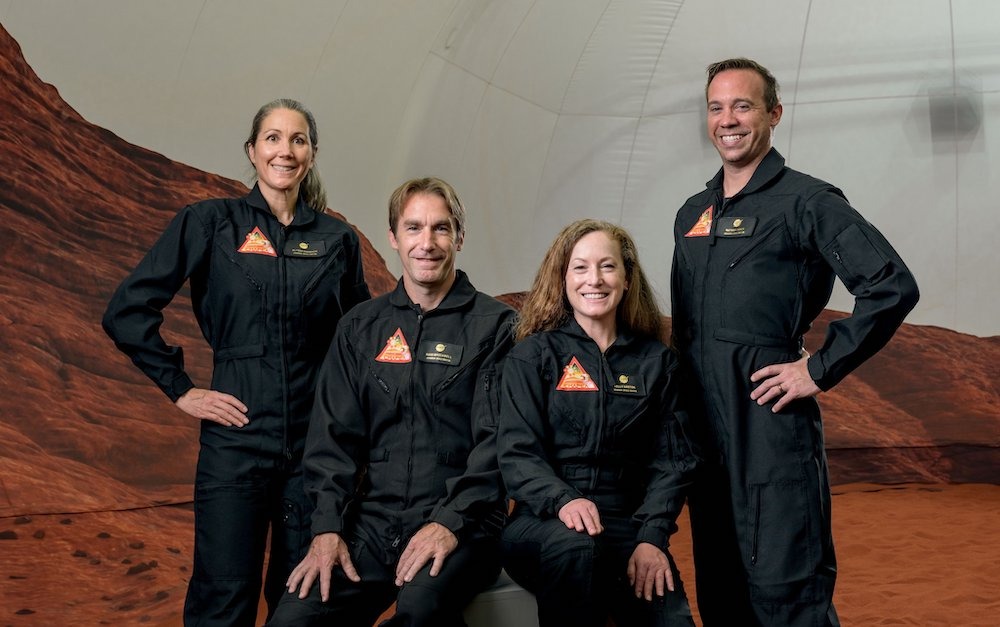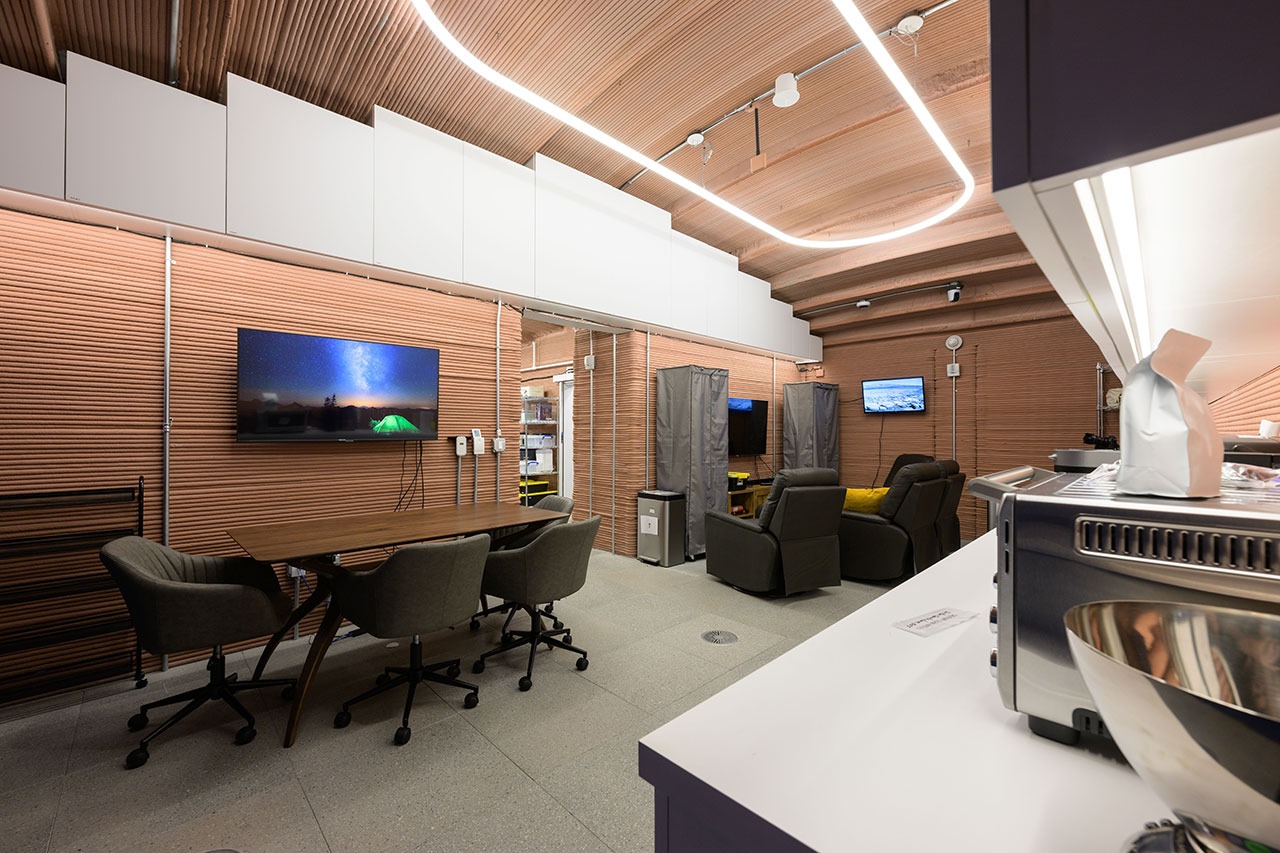Four volunteers will enter a simulated habitat on Mars called CHAPEA on June 25. There they will spend the next 378 days in preparation for the crew’s first mission to the Red Planet.

A specially designed enclosed habitat at NASA’s Johnson Space Center in Houston, Texas, will host Alyssa Shannon, Ross Brockwell, Kelly Haston and Nathan Jones. The team’s experience covers science, engineering and healthcare. Each team member will use their specific skills while staying in a simulated isolated environment.

Residents will face many challenges that a real crew can expect on Mars. Among the unpleasant things: complete isolation, limited resources, accidental equipment breakdowns and other unpredictable situations. To make this experience as realistic as possible, the mission will also use the communication delays that real crews experience due to the vast distance between Earth and Mars.

The health and productiveness of the volunteers will be continuously monitored during their stay in the habitat to give mission planners a clearer idea of how the crew can handle various aspects of a long-term mission to Mars. Activities will include caring for crops, conducting scientific research, maintaining the habitat and carrying out “marches”, so the four residents will certainly have something to do.
CHAPEA’s accommodation covers an area of 158 m2 and consists of nine rooms, including bedrooms, a shared bathroom and toilet, as well as a common area where everyone can get together for dinners and other social events. Next to the housing there is also a small area simulating the Martian surface for conducting research outside. The facility is built using large 3D printers, which are also part of the study, as similar construction methods can be used on Mars.
NASA plans to make the first flight with a human crew to Mars in the late 2030s. Although this date may change. To date, the only celestial body that man has visited is the Moon, and the greater distance and harsh environment of Mars is a much more difficult challenge for mission planners.
Earlier we reported on how NASA found a way to land people on the surface of Mars.
According to Space
Follow us on Twitter to get the most interesting space news in time
https://twitter.com/ust_magazine

